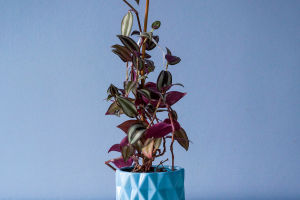To make a paper boat waterproof, meticulous attention to detail is essential throughout crafting.
Here's a comprehensive guide to ensure your paper boat withstands water and endures:
Material Selection: Begin by choosing the right paper. Opt for thick, water-resistant options like high-strength chequer cloth paper or enhanced versions. Light-colored paper generally offers better water resistance.
Ensure minimal longitudinal and transverse shrinkage to maintain overall water resistance.
Processing: Precision is key during paper cutting. Use laser or embossing machines for precise cuts, ensuring proper line fitting. When folding, maintain consistent internal and external angles, appropriate elasticity, firm bonding points, and ensure the folded paper is flat and soft.
Reinforcement: Strengthen the paper boat by employing double layers of paper or applying thin boards to critical areas. Extrude the boat's shape for realism and reinforce all hull parts.
Treatment: Apply paint and glue to reinforce and protect the surface. Apply paint six to seven times, allowing each coat to dry thoroughly before reapplying. Consider surface processing like spraying to create a waterproof paint film, ensuring compatibility with the paper.
Waterproofing: Incorporate additives like preservatives and waterproofing agents to enhance performance. Different methods are used for optimal waterproofing in various boat areas, such as transparent tape or waterproof car film.
Drying and Maintenance: After waterproofing, let the paper boat fully dry without altering its shape. Avoid exposure to direct sunlight and rain, keeping the surface clean and dry.
Use professional maintenance agents periodically and conduct regular inspections to promptly address wear and tear, ensuring the boat's integrity.
Crafting and waterproofing paper boats require meticulous attention to material selection, processing, treatment, waterproofing, and maintenance. Pay close attention to details in each step to achieve optimal results and ensure the durability and longevity of your paper boat.
The choice of waterproofing method plays a crucial role in enhancing the longevity of the paper boat. Besides the film method, which involves using transparent tape or waterproof car film, other techniques, such as wax coating or resin sealing, can also be effective.
Wax coating provides a protective barrier against water penetration, while resin sealing creates a durable, waterproof seal that can withstand various environmental conditions.
Innovative approaches like incorporating waterproofing additives into the paper pulp during manufacturing can imbue the paper with inherent water resistance.
This proactive measure ensures that the entire structure of the paper boat is inherently waterproof, offering enhanced durability from the inside out.
Advanced technologies such as nanotechnology offer promising solutions for waterproofing paper boats. Nanocoatings comprised of nanoparticles can create a superhydrophobic surface, effectively repelling water and preventing moisture damage.
Integrating nanocoatings into the paper boat's surface can significantly enhance its waterproofing capabilities, providing long-lasting protection against water infiltration.
Proper storage and transportation practices are essential for preserving the waterproofing integrity of paper boats. Store the ships in a dry, relaxed environment away from direct sunlight and moisture.
When transporting them, use protective coverings or containers to shield them from external elements and prevent damage.
By implementing these advanced techniques and best practices, enthusiasts can ensure that their paper boats remain waterproof and resilient, allowing for extended enjoyment and exploration on water surfaces.


